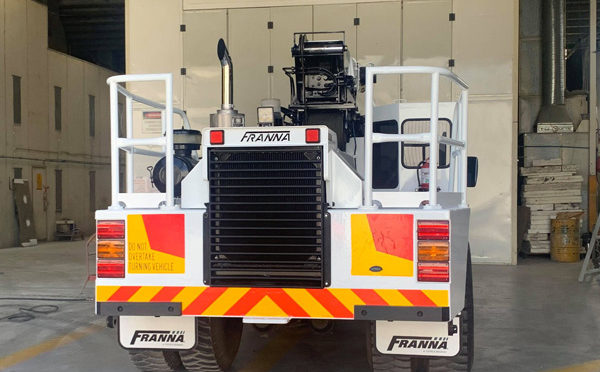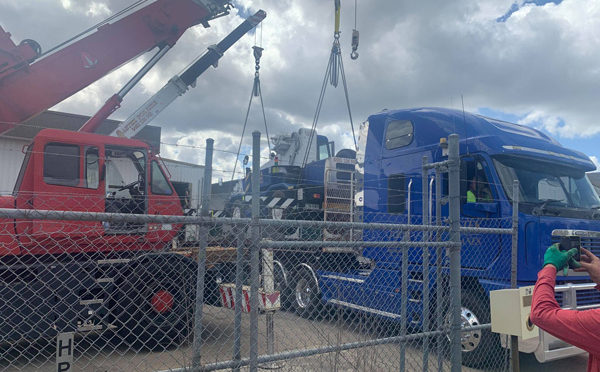Safety is a pivotal factor when it comes to hiring crane services. Whether you are a construction manager or looking to start with a small project, every need must be enveloped with proper safety. So, here are the tips which are important for safety factor.
Prepare for Wind
Even without heavy snow, wind presents a real challenge at height. Faster winds triggered by higher altitude can accelerate cold stress and must be carefully worked around. Keep any materials fastened down when not in use and offer protected areas where workers can regularly step out of the wind to warm up. Keep an eye on wind readings on the ground and at height to ensure no equipment is damaged and everyone is safe.
Avoid cold Stress
Cold stress is something which happens when the body cools down faster than it can warm up. It can cause disorientation, numbness, frostbite, and hypothermia, and swiftly speeds up once it sets in. It is especially dangerous to people working at height as it could be hard to get back to the ground for treatment if it progresses too far. Make sure everyone on site knows the signs of cold stress and how to immediately treat them. Speak to your local work safety board for more information on cold stress and its various symptoms.
Dress Appropriately for the Weather
Your clothes are always your first level of defence against winter hazards. Dress in layers to make adjustable insulation against the cold and wind, be sure to wear a waterproof top layer. If any of your clothes soak through, change into something dry as soon as possible.
Protect your PPE
If your fall equipment freezes and thaws often, the material may stiffen or rot, weakening it and putting the user at risk. Likewise, drying it with an electric dryer or heater may stiffen or melt the material. Keep your PPE properly in a cool area where it can dry completely without the risk of freezing, and always check your equipment before using it for damage or weakness.
Plan for Rescues
Winter weather poses significant challenges into completing emergency rescues. Uncleared snow, ice, and low visibility may make a straightforward rescue plan almost impossible, so you must have more than one plan in place. Think about making a list of winter hazards that could cause rescues and make multiple plans to account for every area.
Work in Pairs
If cold stress kicks in, disorientation and numbness could make it ricky for you to recognize the need to stop working and get treatment. If a person is aware of what is happening, they may ignore warning signs of illness to carry out what they’re working on. Work in pairs to oversee each other’s conditions and to ensure that if cold stress does occur it is dealt with immediately.



